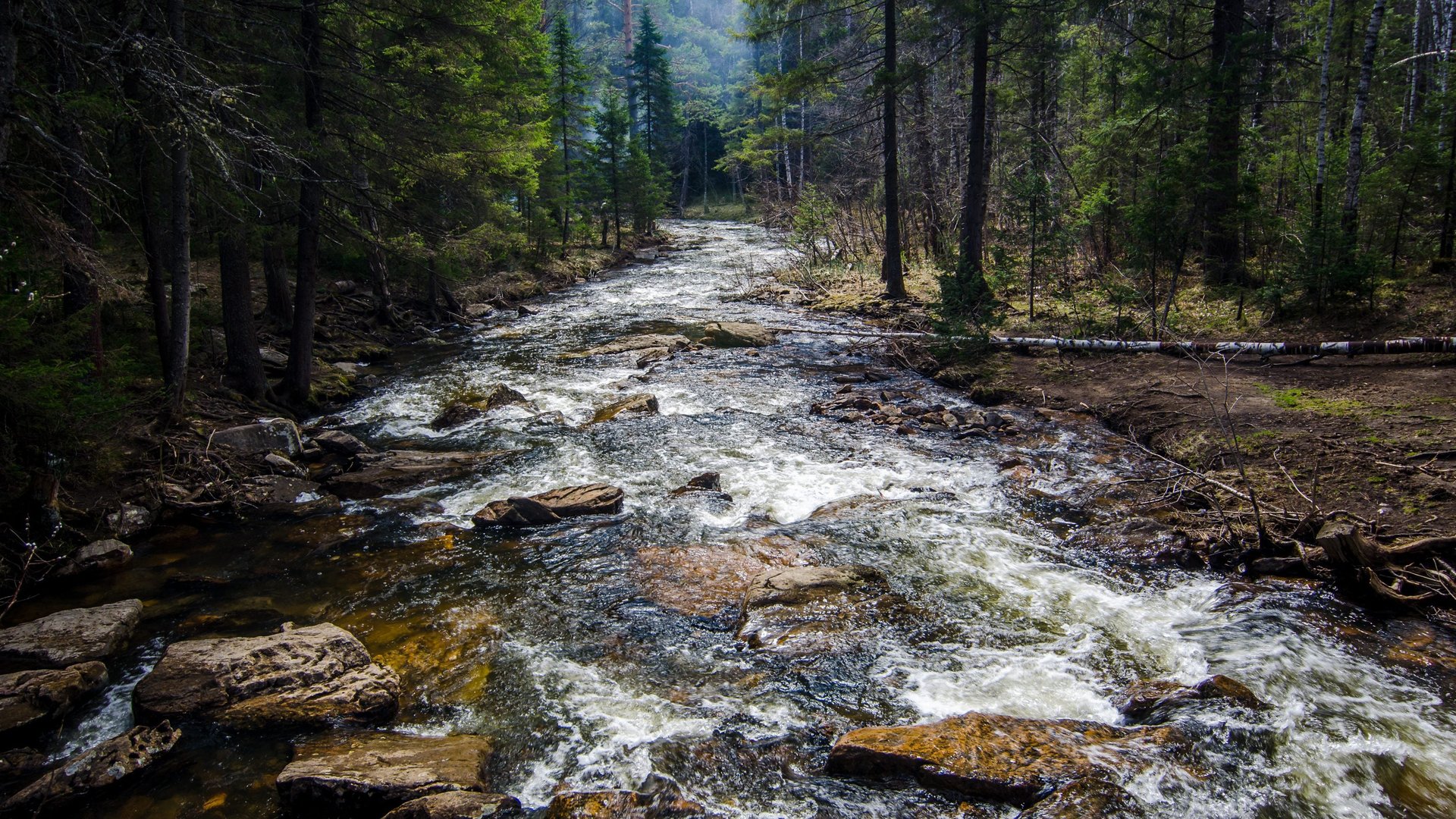Trump’s rollback of a clean water rule hinges on a definition of “waters” Scalia found in a dictionary
On Tuesday (Feb. 28), US president Donald Trump signed an executive order to begin the rollback of a major clean water rule that expanded which waters could fall under federal protection.


On Tuesday (Feb. 28), US president Donald Trump signed an executive order to begin the rollback of a major clean water rule that expanded which waters could fall under federal protection.
Trump can’t just axe the rule. Overturning a rule that has been written into law is a lengthy process, beginning with writing a new rule, submitting it for a public comment period, and almost certainly defending it in court in the likely scenario that opponents sue. To do that, the Trump administration will need to make a legal argument that the new rule is better than the old one. So the executive order instructs Scott Pruitt, the new US Environmental Protection Agency administrator, to “review” the rule with the purpose of “rescinding or revising” it, by using a 2006 Supreme Court plurality opinion in which justice Antonin Scalia defined “waters” according to an entry in a Webster dictionary. To make a long story short, that excludes wetlands.
The key paragraph of Trump’s new order is below:

To make a long story medium-length, here’s what happened before Scalia pulled out the dictionary:
In the late 1980s, a developer named John Rapanos wanted to build a mall in Michigan. But there was a wetland in his way. So he filled 22 acres of the wetland with sand, without filing for a permit. Rapanos was convicted of two felonies, but he appealed, arguing that because the wetland was 20 miles from any navigable waterway, he’d done nothing wrong; the language in the Clean Water Act says it protects “navigable waterways.”
The EPA had interpreted the act to also include waterways like wetlands that connect to navigable water, by streams or tributaries. If there’s flow between them, they count—which is why Rapanos was convicted of federal crimes.
Rapanos’ case made it to the Supreme Court in 2006, and his felonies were ultimately overturned by a plurality—meaning while the decision did not get the support of more than half the justices, it did receive more support than any other opinion. In his plurality opinion, Scalia pulled out the Webster’s New International Dictionary 2nd Edition and looked up the definition of “waters.” It “includes only those relatively permanent, standing, or continuously flowing bodies of water,” he wrote, like “streams,” “oceans, rivers, [and] lakes,” not water that “flows intermittently or ephemerally.” In other words, not Rapanos’ wetland.
Here’s where it gets interesting, though: justice Anthony Kennedy wrote a second, concurring opinion in the same case, but disagreed with Scalia about the definition of “waters.” Kennedy wrote that water bodies that have a “significant nexus” to navigable waters and connect to them in some way ought to also be counted as “waters of the United States.” The two competing definitions turned wetland protection into a legal quagmire for nearly the next decade.
In 2015, the Obama administration doubled down on Kennedy’s definition, codifying into law the logic that although the Clean Water Act, now four decades old, placed only “navigable waters” under federal protection, all water nonetheless flows together. The reasoning is all navigable waters begin in less-navigable headwaters, like streams that may be little more than a trickle, and often pass through wetlands, none of which are exactly “navigable.”
The EPA argued the patchwork of inconsistent and sometimes weak state and local water rules weren’t enough to protect America’s interconnected drinking water sources. The federal government can’t keep the Mississippi River clean (which it had clear jurisdiction over) for example, without making sure its headwaters and adjacent wetlands (where jurisdiction was less clear) are clean too. So Obama’s Waters of the US rule expanded the definition of “waters” to include these smaller features.
Real estate developers and oil pipeline companies abhorred the new rule—it meant filling wetlands and building pipelines across streams meant getting federal permits. Lots more activities could now trigger pollution rules. Some Republicans in Congress called it a major overreach, infringing on state jurisdiction. They’ve found a friend in Trump.
But Trump’s executive order on the rule only used Scalia’s definition of “waters,” while ignoring Kennedy’s. And only Kennedy is still alive and still sitting on the court. That might be a serious legal mistake, says Jonathan Z. Cannon, director of the University of Virginia Law School’s Environmental and Land Use Law Program.
“It’s baffling to me,” Cannon says. “It’s just rather striking that this omits any reference to Kennedy’s concurrence, which has been a major feature of every holding of Rapanos.” In the years following Rapanos, most of the nation’s federal courts ultimately used Kennedy’s definition of “waters” to determine related cases—though not without significant hemming and hawing from judges who resented how murky Kennedy and Scalia’s competing opinions left things.
In Cannon’s opinion, Kennedy’s definition of waters could be considered the more dominant of the two, because it’s more inclusive of more types of water bodies, and the “least restrictive” option is traditionally considered the “true holding of the court,” Cannon says. Perhaps the most interesting question is what will happen in the likely scenario that Trump and Pruitt’s new rule is challenged in the Supreme Court.
“I’m wondering what Justice Kennedy will think about this when it comes up,” Cannon says.